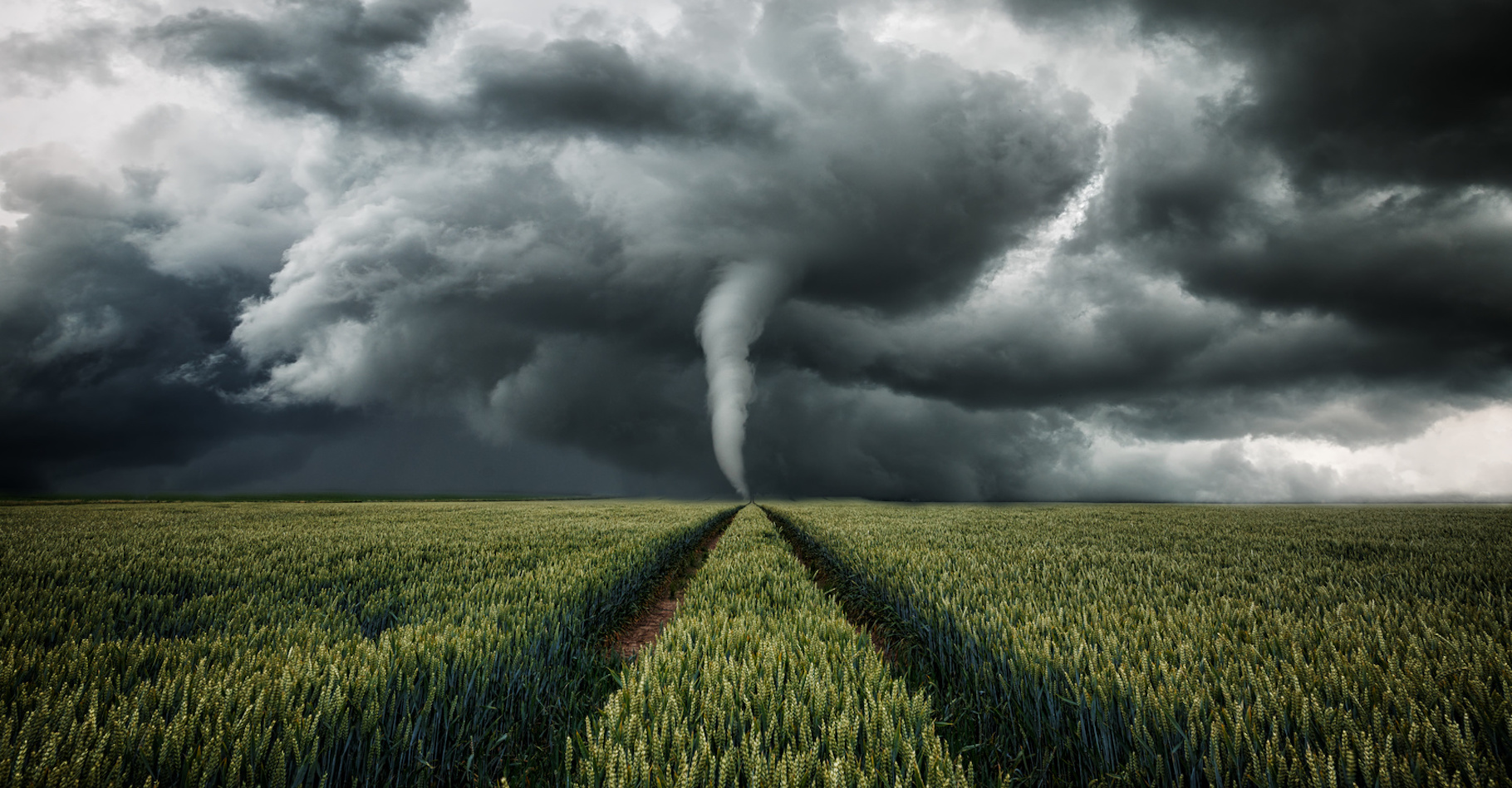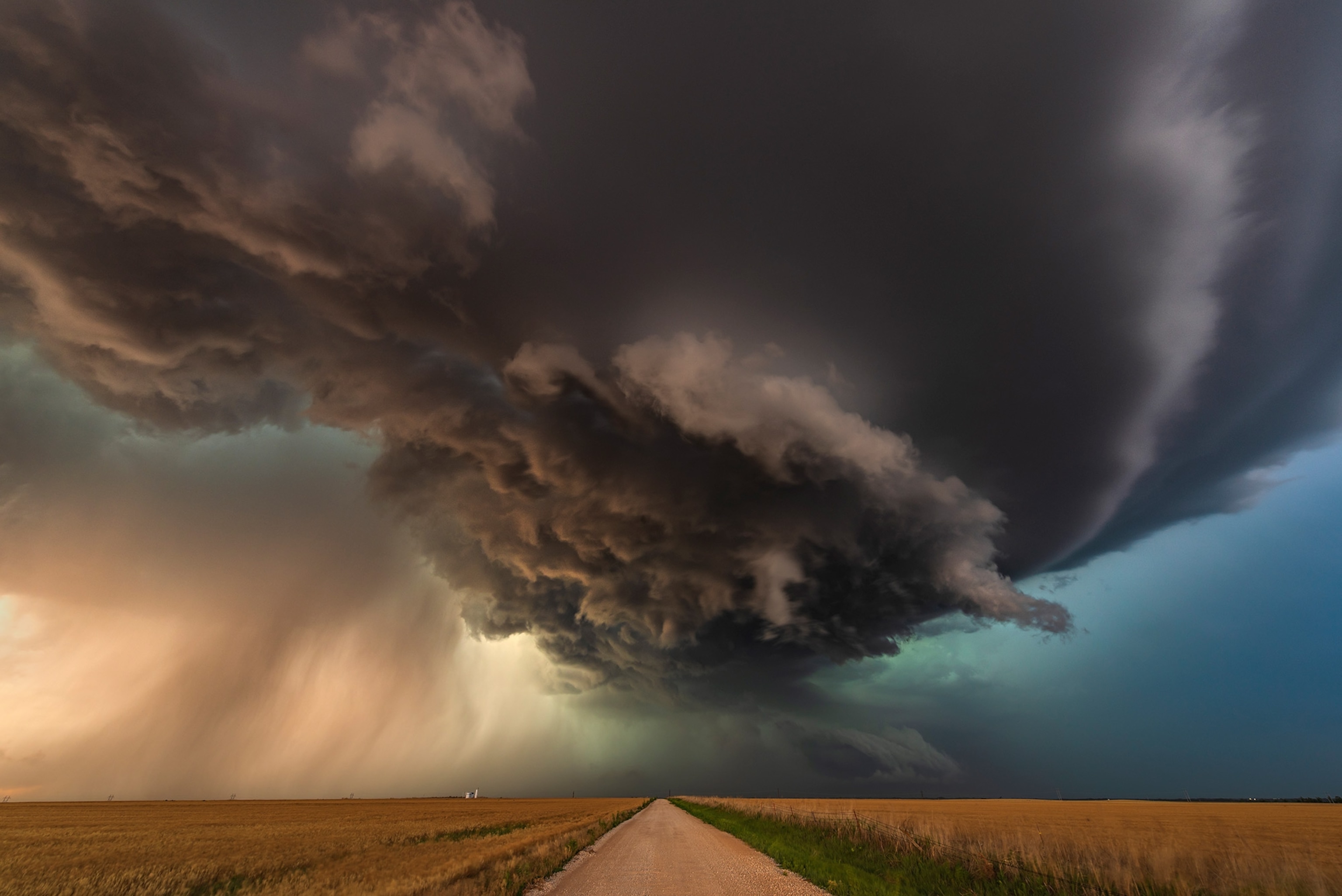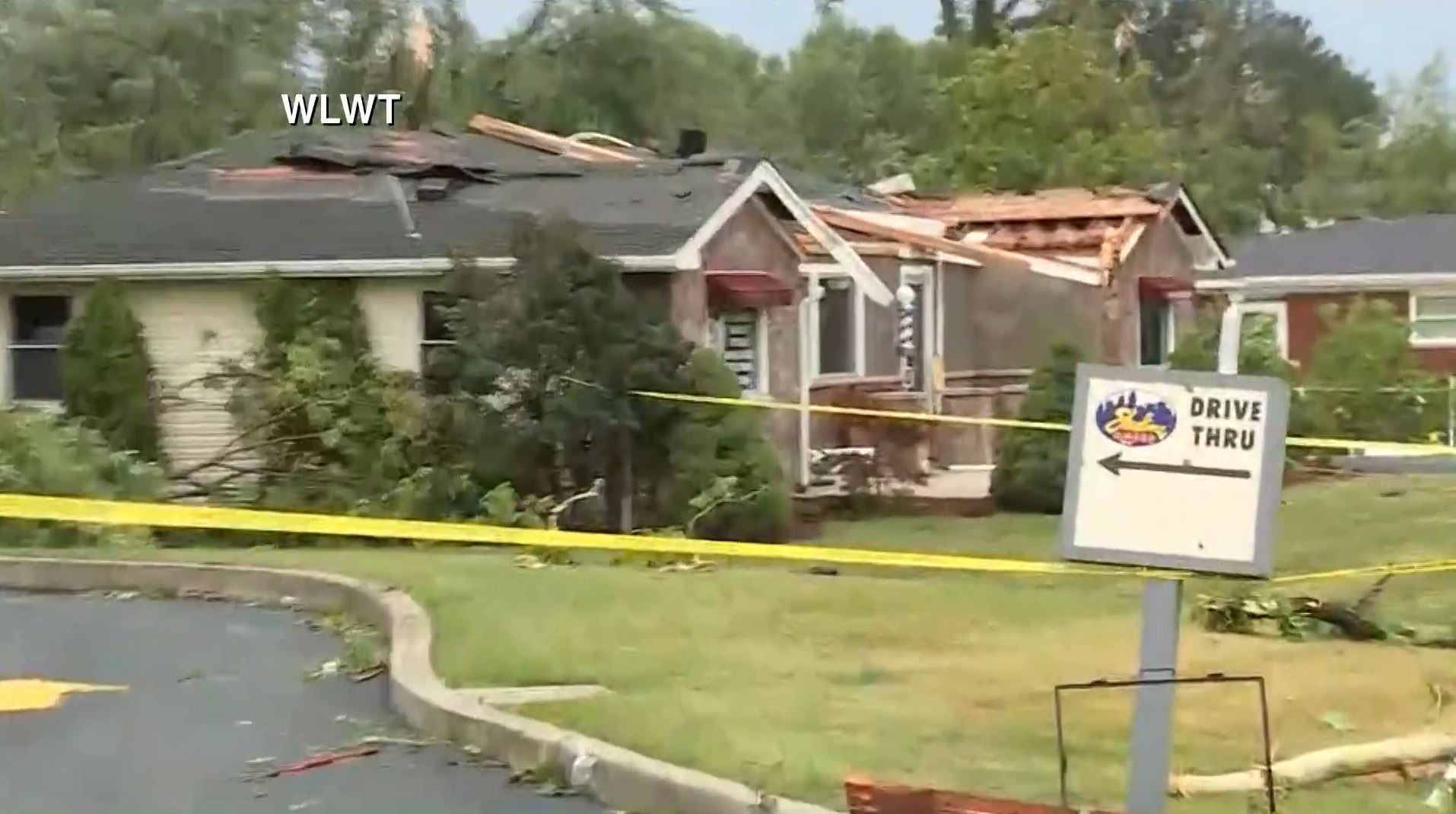Historical Patterns and Trends

Posibilidad de tornado – The region has experienced a significant number of tornadoes throughout its history. These events have varied in intensity, from weak and localized to violent and widespread. By examining historical records, we can identify high-risk areas and periods based on the frequency and severity of past tornadoes.
Analysis of historical data reveals that certain areas within the region are more prone to tornadoes than others. These high-risk areas are often associated with specific geographical features, such as mountain ranges or river valleys, which can influence the formation and movement of tornadoes.
La posibilidad de tornados puede ser un pensamiento inquietante, pero mantenerse informado es crucial. Para actualizaciones meteorológicas precisas y oportunas, consulte WLWT Weather. Sus pronósticos detallados y alertas en tiempo real le ayudarán a mantenerse seguro y preparado ante cualquier tormenta potencial.
Seasonal Patterns, Posibilidad de tornado
Tornado activity in the region exhibits seasonal variations. The peak season for tornadoes typically occurs during the spring and summer months, when atmospheric conditions are favorable for the development of severe thunderstorms. However, tornadoes can occur at any time of the year, including during the winter months.
En medio de la inquietante posibilidad de tornados, es crucial estar al tanto de las últimas actualizaciones meteorológicas. Tyler TX Weather proporciona información precisa y en tiempo real, lo que permite a los residentes de Tyler tomar decisiones informadas y mantenerse seguros ante posibles tormentas severas.
Frequency Variations
The frequency of tornadoes in the region has varied over time. There have been periods of increased tornado activity, followed by periods of relative calm. These variations can be attributed to long-term climate patterns and changes in atmospheric circulation.
Environmental Factors Contributing to Tornado Formation: Posibilidad De Tornado

The genesis of tornadoes is an intricate interplay of atmospheric dynamics. Several key environmental factors converge to create the conditions that foster these violent storms.
Temperature Gradients
Vertical temperature gradients play a crucial role in tornado development. When the temperature decreases rapidly with height, it creates a state of atmospheric instability known as conditional instability. This instability fuels the upward movement of air, which can trigger the formation of thunderstorms and, in certain circumstances, tornadoes.
Wind Shear
Wind shear, the difference in wind speed and direction at different altitudes, is another critical factor. Strong wind shear can cause the rotating updraft of a thunderstorm to tilt horizontally, forming a rotating column of air known as a mesocyclone. Mesocyclones are often the precursors to tornadoes.
Moisture
Sufficient moisture in the atmosphere is essential for tornado formation. Warm, moist air rising from the ground provides the fuel for the storm’s updraft. The presence of moisture also contributes to the development of clouds and precipitation, which can enhance the storm’s intensity.
Specific Environmental Triggers
Several specific environmental triggers have been identified as contributing to tornado formation. These include:
- Dry lines: Boundaries between moist and dry air masses can create strong wind shear and temperature gradients, increasing the likelihood of tornadoes.
- Squall lines: Organized lines of thunderstorms can produce mesocyclones and tornadoes, especially when accompanied by strong wind shear.
- Bow echoes: Radar signatures indicating a curved line of thunderstorms can indicate the presence of a mesocyclone and potential tornado threat.
Impact and Mitigation Strategies

Tornadoes, with their destructive force, pose significant threats to communities. Understanding their potential impacts and implementing effective mitigation strategies are crucial for safeguarding lives and property.
Tornadoes can inflict catastrophic damage on infrastructure, causing widespread power outages, disrupting transportation networks, and damaging buildings. Homes and businesses can be completely destroyed, leaving residents displaced and communities devastated.
Building Codes
Enforcing strict building codes is a vital mitigation strategy. Buildings designed to withstand high winds and equipped with storm shelters provide a safe haven during tornadoes. Retrofitting existing structures to meet these codes can significantly reduce the risk of damage and injuries.
Early Warning Systems
Early warning systems play a critical role in saving lives. Advanced weather forecasting technologies and radar systems can detect and track tornadoes, providing timely alerts to communities. Sirens, mobile phone apps, and weather radios are essential tools for disseminating these warnings.
Evacuation Plans
Evacuation plans are crucial for organizing an orderly response to tornado threats. Communities should identify safe evacuation routes and designated shelters where residents can seek refuge. Regular drills and public education campaigns help ensure that individuals know what to do in the event of a tornado.
Community Preparedness
Community preparedness involves educating residents about tornado safety, promoting awareness of warning systems, and encouraging the formation of neighborhood watch groups. By working together, communities can enhance their resilience to tornadoes and minimize the potential for loss.